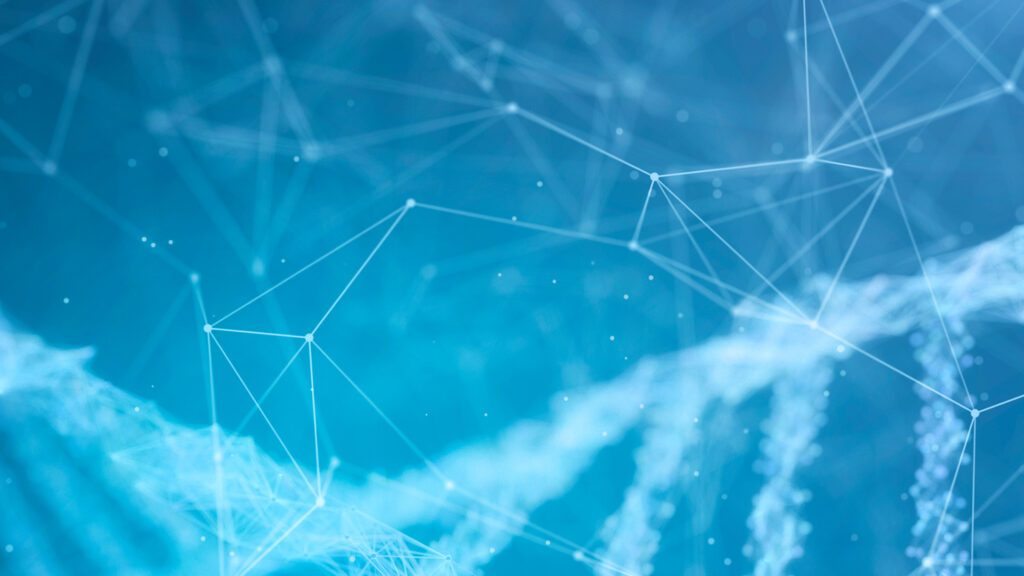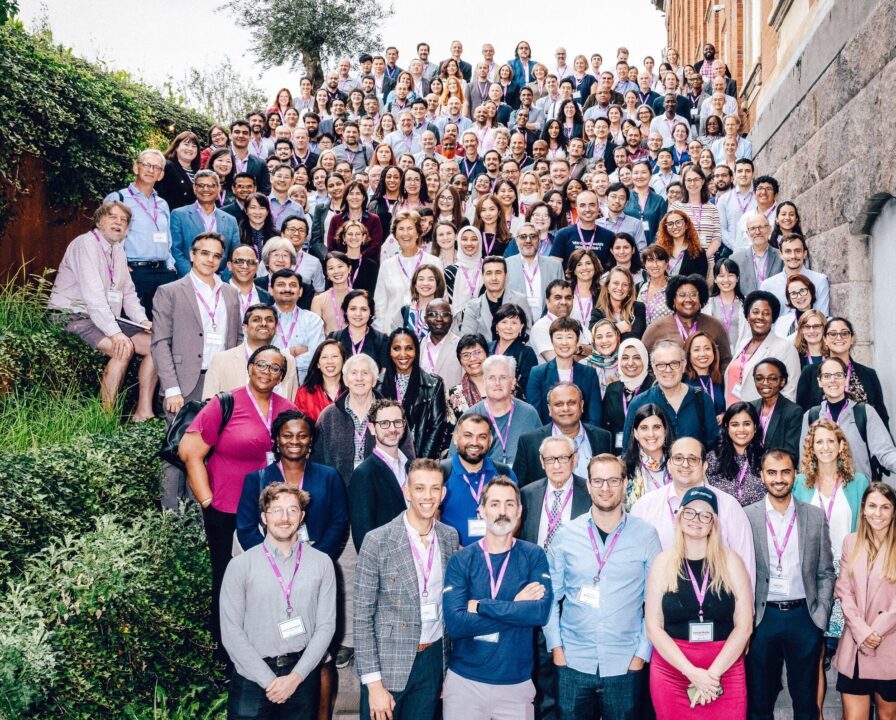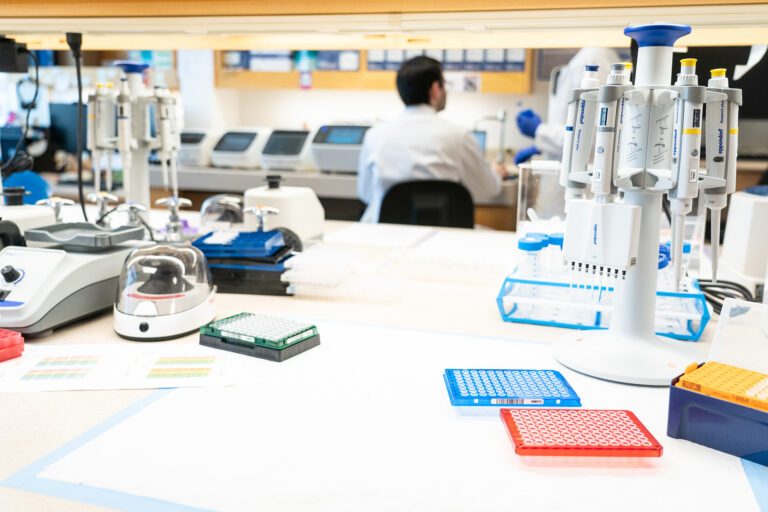
Working Groups
GP2’s dedicated working groups bring the program’s research strategy to existence. Each working group handles a unique aspect of the GP2 mission but they overlap and unite to serve a cohesive strategy, leveraging resources toward breakthroughs.
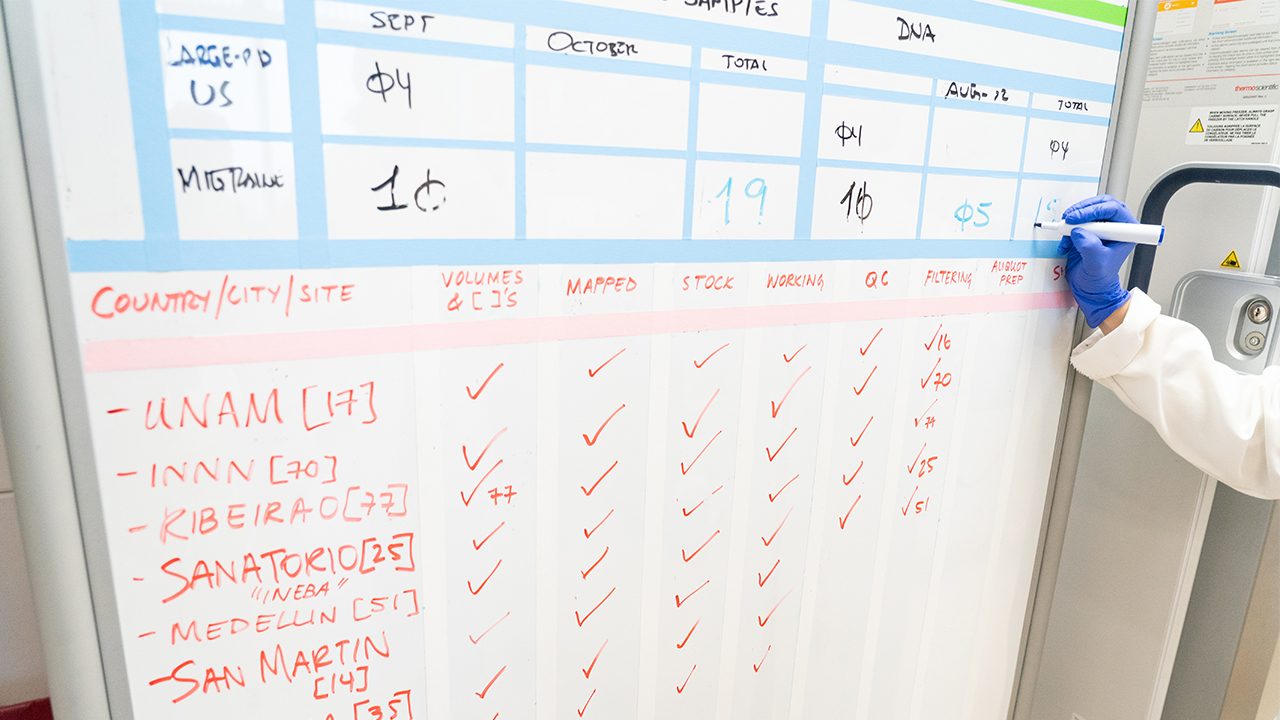
Cohorts
A network of global cohorts contribute data and samples for GP2 processing and analysis. GP2 then openly shares data, processes, and results around monogenic and complex variants through the AMP®PD portal.
The program has assembled data from more than 200 cohorts from around the world toward a goal of genotyping more than 250,000 unique samples, especially from diverse populations.
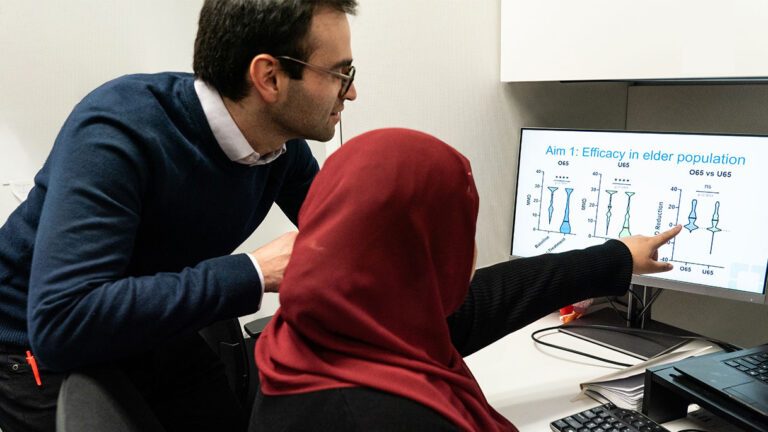
Trainee Network
At GP2, we are committed to ensuring that our database can be a tool for the entire global research community. That is why we are also committed to supporting a GP2 trainee network to ensure that the data from GP2 is accessible and actionable.
GP2’s trainee representatives are available to help any trainee or potential trainee connect with GP2’s opportunities. Trainee representatives also serve as a bridge between GP2 core members and the training body.
I'm very impressed by the way you guys want to promote a healthy and friendly network to help researchers. Even though I currently only work for the LARGE-PD project and do not have a prominent role in GP2, I got to know a lot of important people that I collaborate with!
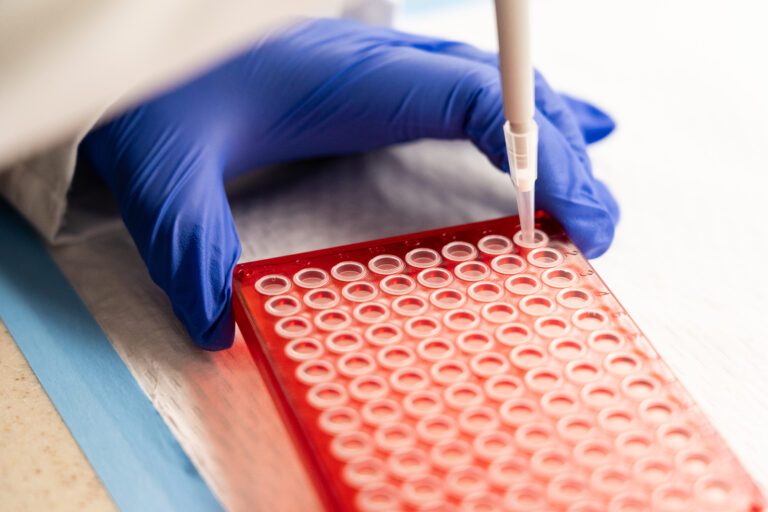
Organizations
Organizational members are institutions that work with our program to assemble cohorts and have agreed to contribute samples, to help GP2 meet the ultimate goal of collecting and genotyping more than 250,000 unique samples, especially from underrepresented populations. To become an organizational member, an institution must agree to contribute samples and data to GP2 and complete all membership requirements.
